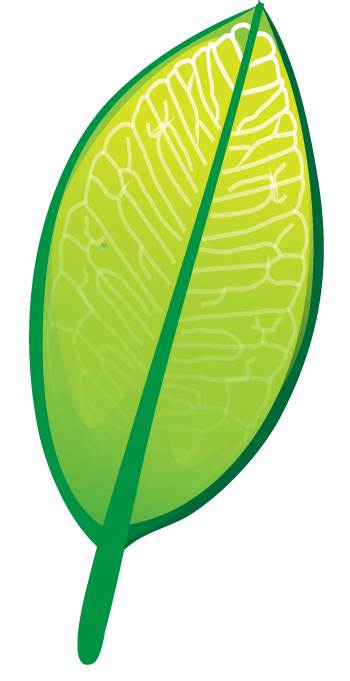Sources
Taxonomic data providers
TNRS version consults the following sources of nomenclatural and taxonomic information:
Reporting errors
Please contact us at support@tnrs.biendata.org if you encounter errors or have questions regarding taxonomic opinions transmitted by the TNRS. However, unless the error is due to a bug in the TNRS, we will generally recommend you contact our taxonomic data providers directly.
